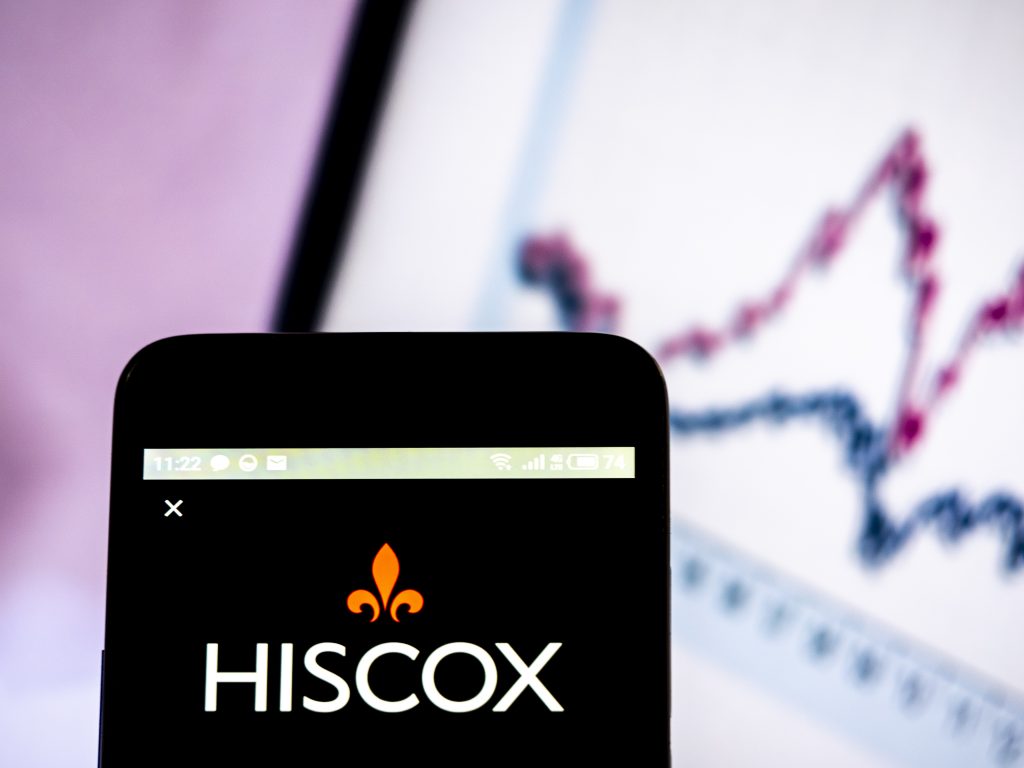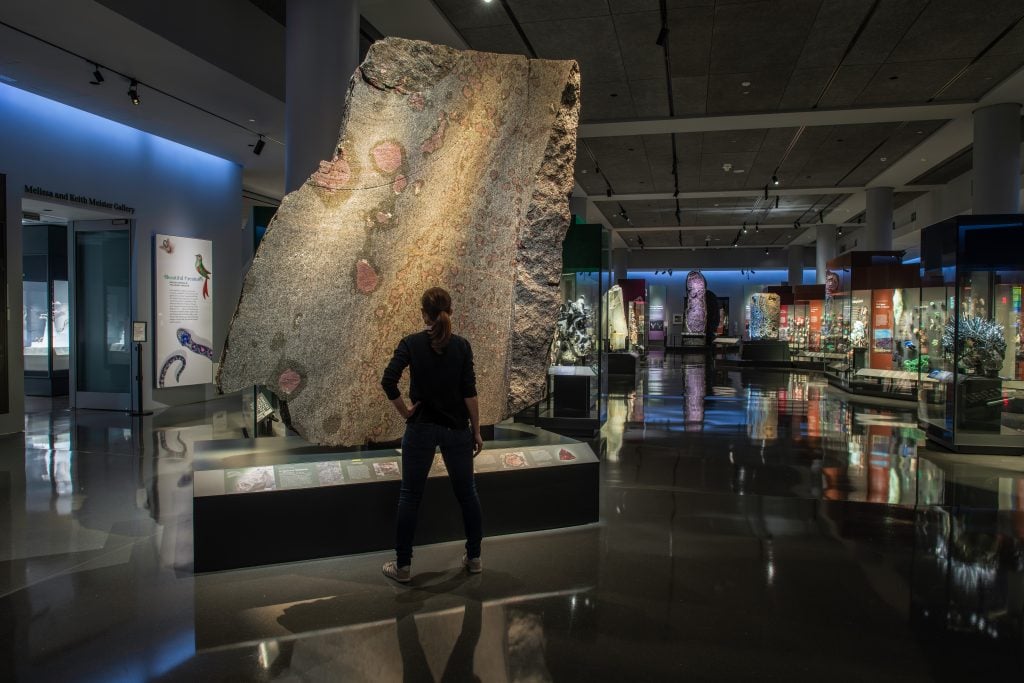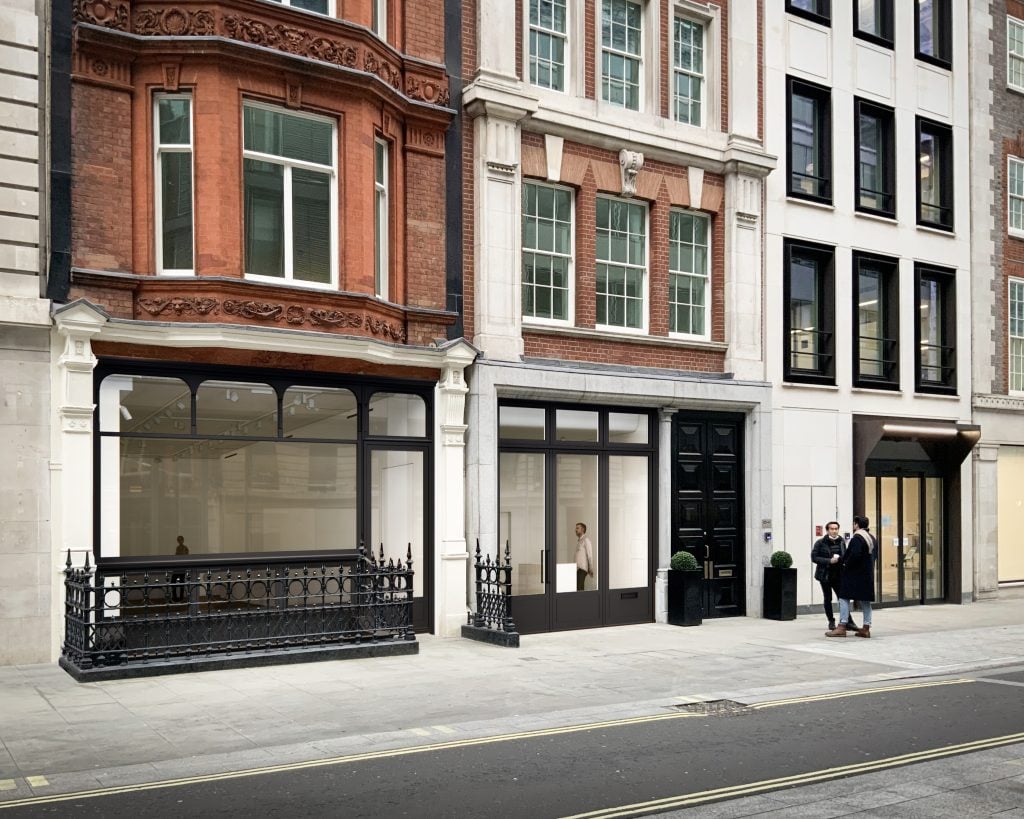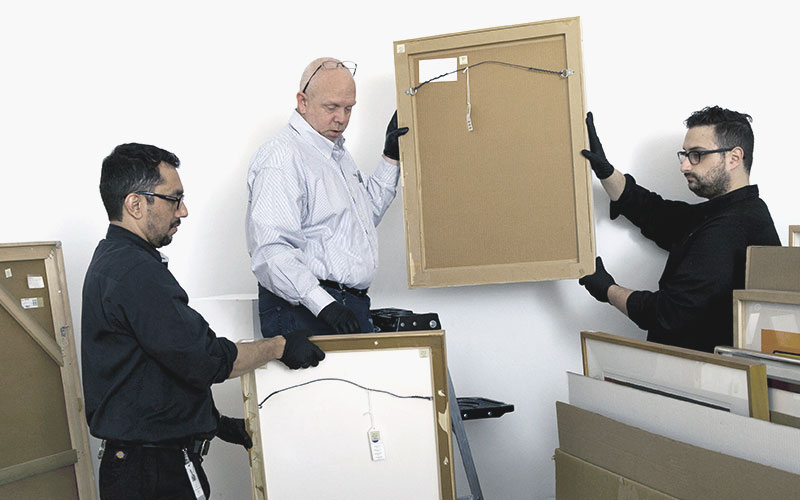Anyone working in reputation or crisis management knows that in exceptional circumstances like the pandemic, being right comes a distant second to doing the right thing. Focus entirely on avoiding legal or financial liability in a crisis, and you miss the bigger risk to business: reputation.
Think of those wealthy celebrities who were publicly upbraided for cashing in on the U.K. government’s furlough scheme, or Bronek Masojada, CEO of Hiscox, who took the flak following his company’s highly publicized attempt to resist settling multiple business interruption claims during the pandemic. “Hiscox has undoubtedly suffered some brand damage this year,” he told Sky News in March.
The U.K.-based insurer is not alone. In July, New York’s American Museum of Natural History sued the Affiliated FM insurance company for twice denying its COVID-related claims—after what the museum says is a $37 million loss while it was closed for six months—because its policy allegedly capped payments at $200,000. However the intricate policy clauses are interpreted, trying to save money on COVID-related payouts may lead to a far larger bill for Affiliated if it loses public trust for fairness in its dealings.
The global pandemic has impacted businesses of all stripes, including art and antiques dealers, which depend on fairs and foot traffic. Commercial galleries may have been primarily aiming to protect against fire and flood when they took out their business interruption insurance (known as BII) policies. But the pandemic thrust clauses around infectious diseases and denial of access to the fore. Facing decimated fortunes, some 50 galleries filed a class action suit in U.K. Supreme Court, which sided with them against insurers’ arguments that their underwriting was never meant to cover COVID-19.
Hiscox accepted the judgment, welcomed the clarification, and announced an estimated $48 million payout for art market reinsurance. Its wider COVID claims estimate is around $475 million for 2020 and close to $20 million in 2021. (This article focuses primarily on how the issue has played out in the U.K., since U.S. companies have relied on the Paycheck Protection Program, enhanced unemployment, and other services rather than insurance, experts say.)

Hiscox was critiqued for its initial response to business interruption claims from art galleries and museums. Photo illustration by Igor Golovniov/SOPA Images/LightRocket via Getty Images.
Till Vere-Hodge, of the art-law firm Constantine Cannon, has been involved in close to a dozen COVID-related BII claims for trade clients as they try to recoup their losses. “A lot of clients have a very low expectation when they start the process, because insurers have the reputation of taking the premiums but never paying out,” he said.
Whether a claim is successful or not depends almost entirely on policy wording, and there are wide variations among policies—the legacy of a 1990s review at the behest of the U.K. Competition Commission, which asked firms to widen the range of offers available. Variations in policy wording between insurers may mean, for example, that one gallery could be covered when restrictions are imposed by local government, while another might only be covered by a ruling imposed by national government.
Vere-Hodge advises examining the individual policy’s language around causation. “The wording of the operative clause must still be wide enough to benefit from the Supreme Court decision,” he said, cautioning that if the wording is narrow, it might still exclude COVID claims. “And, even if it does, the insured must then show that they have suffered losses as a result.”
Some insurers have sought to quantify those losses by referring to past financial years. But this can lead to even more variation, since compensation is calculated based on a dealer’s performance during the relevant comparison period, usually an average over a longer span like three years.

The American Museum of Natural History in New York has sued Affiliated FM Insurance Company over denied claims. Photo: D. Finnin, ©American Museum of Natural History.
Insurers, of course, have a responsibility to investigate claims to ensure they are valid and that clients are not trying to exploit the situation. But firms tread a fine line between a job well done and overzealous rule enforcement in the hopes of reducing exposure, and the industry has at times been caught flat-footed in this unmapped territory.
Claims among the art trade have been met with mixed results, according to Mark Dodgson, secretary general of the British Antique Dealers’ Association (BADA).
“Some BADA members were successful in their claims for business interruption insurance, but some not. It very much depended on the policy wording,” he said. “I understand that some Lloyds policies tailored for dealers and underwritten by certain syndicates were beneficial, but those were in a minority.” In fact, he said, the majority of BADA’s 350 members declined to take out BII cover, “or if they did, it would not be triggered by the COVID-19 events, but only by other causes of interruption to their business, such as local floods.” He said he has yet to hear whether the Supreme Court ruling has had any beneficial impact for members’ ability to claim.
Freya Simms, CEO of LAPADA, the U.K. Association of Art and Antiques Dealers, had nothing but praise for her organization’s approved service provider, insurers Besso. “They have been hugely helpful and supportive,” she said. “Before the government intervened and it was not clear whether clients would be covered under their policies, Besso took the decision to honor them anyway, so our members have generally been O.K.”
“Fairs were another matter, as cover wasn’t available for them,” Simms continued, “but the new £750 million scheme announced by the government has been a game changer, so organizers can move forward with more confidence.” The Live Events Reinsurance Scheme, devised in partnership with Lloyds, will provide a guarantee for special cover taken out against government-enforced cancelation of an event due to COVID. Claims will not be capped.

London’s Cork Street, home to art and antiques galleries. Photo: ©Matheson Whiteley.
According to Helen Carless, who chairs the Society of Fine Art Auctioneers and Valuers, to obtain a payout on a claim, “you needed to have a very specific clause in your Hiscox contract, and that clause mostly related to restaurants. I am not aware of any that were successful.” However, she also notes that thanks to business moving largely online, many auctioneers, including her own firm, Lawrences of Crewkerne, saw their turnover increase during the pandemic, so had no losses to claim anyway.
Hiscox’s swift reaction to the Supreme Court ruling appears to have helped it recover its reputation, as recent profits show. But what lesson should insurers—and their art clients—draw, per Vere-Hodge? “Not to use generic policies, but to look at this sector specifically, because of some of its very particular complexities.”
While insurers’ errors of judgment over the handling of the pandemic may have led them to tread more carefully, Vere-Hodge observed that they have used annual policy renewals to close the gap. “On the first page of many insurers’ updated policy terms,” she said, “there is a prominent COVID exclusion notice now.”









